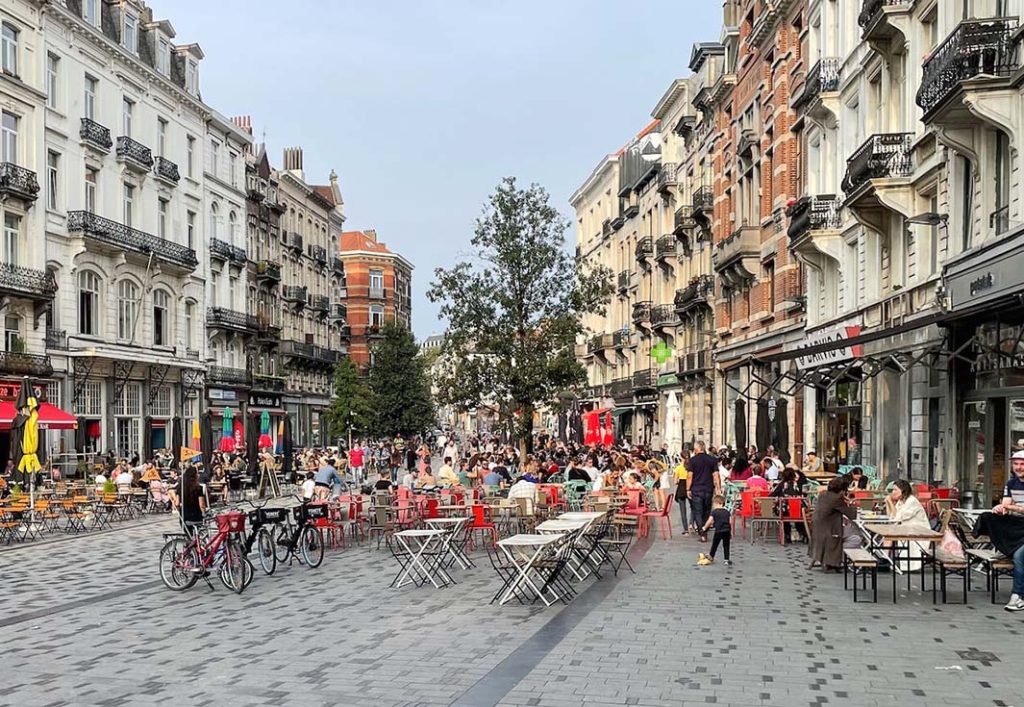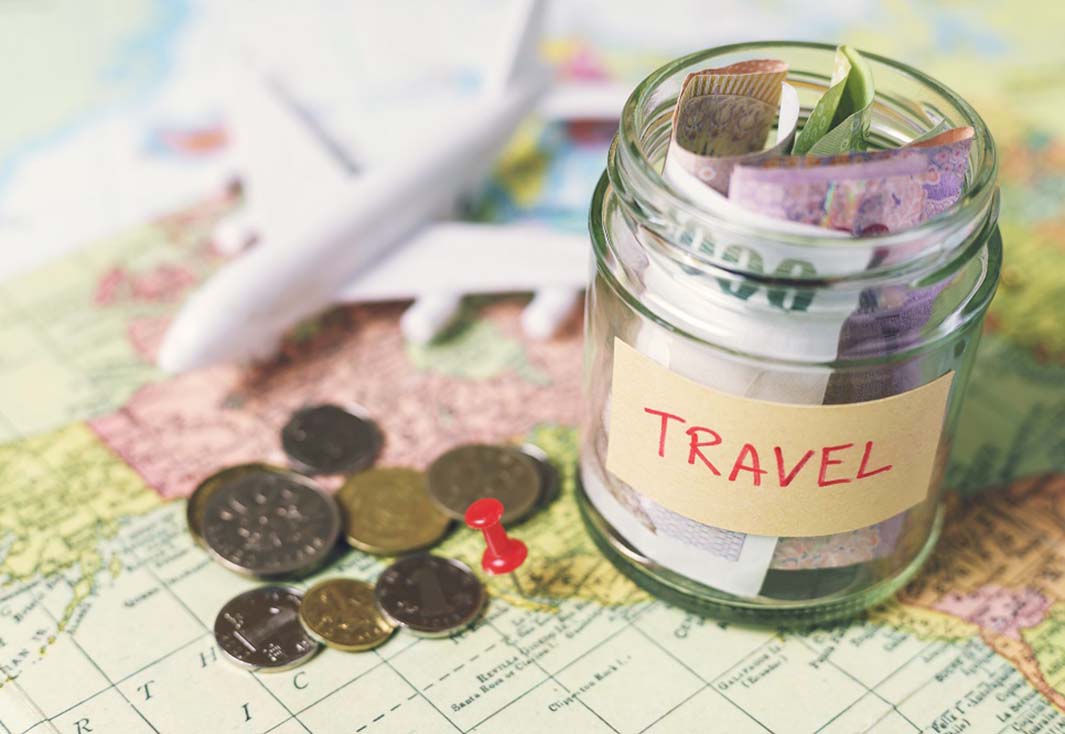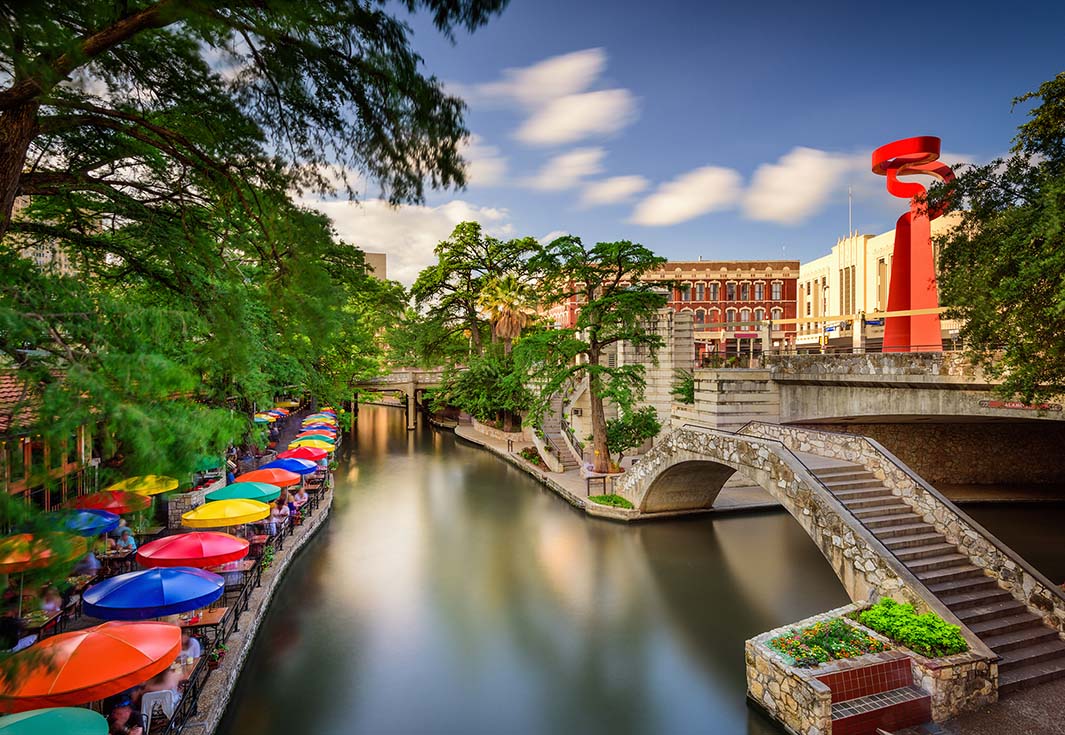Belgium is a country known for its rich history, stunning architecture, and of course, its delicious chocolates and beers. On my recent trip to Belgium, I managed to explore this beautiful country without overspending, and I want to share my essential travel tips for saving money while still having an unforgettable experience.
1. Plan Your Trip During Off-Peak Season
When I decided to visit Belgium, I quickly learned that timing can greatly affect travel costs. I chose to travel in late September, just after the summer crowds had thinned out. This decision allowed me to enjoy pleasant weather and fewer tourists while also benefiting from lower prices on accommodations and attractions.
In general, the off-peak seasons for Belgium are spring (March to May) and fall (September to November). By avoiding the peak summer months, I saved significantly on my hotel rates and even some attractions that offered discounts for off-peak visits.
2. Use Budget Airlines and Flexible Travel Dates
When it came to booking my flights, I did a bit of research and used flight comparison websites to find the best deals. I found that flying mid-week was often cheaper than weekend flights, so I adjusted my travel dates accordingly. By booking my flight a few months in advance, I managed to score a round-trip ticket to Brussels for under $300.
If you’re flexible with your travel dates, consider using tools like Google Flights’ “Explore” feature, which shows you the cheapest destinations from your location based on your chosen dates. This way, you can also find budget-friendly flight options to other European cities if you decide to extend your trip.
3. Stay in Budget Accommodations
I always look for budget-friendly accommodations that offer comfort and convenience without the hefty price tag. In Belgium, I found plenty of options, including hostels, guesthouses, and budget hotels. During my stay in Brussels, I booked a charming boutique hotel in the Saint-Gilles district, which was both affordable and well-located.

Here are a few types of budget accommodations you might consider:
- Hostels: Great for solo travelers or those looking to meet new people. Many hostels in Belgium offer private rooms at reasonable rates.
- Guesthouses/B&Bs: These often provide a more personal touch and can include breakfast, making them a good value.
- Vacation Rentals: Websites like Airbnb or Booking.com can offer affordable options, especially if you’re traveling with a group.
4. Explore the City on Foot or by Bike
One of the best ways to experience Belgium’s cities is on foot. I spent hours wandering the cobblestone streets of Bruges, admiring the medieval architecture and picturesque canals. Walking is not only a budget-friendly way to explore, but it also allows you to discover hidden gems that you might miss while driving or taking public transport.
In addition to walking, I rented a bike in Brussels and cycled through the city’s many parks and neighborhoods. Belgium is bike-friendly, with many dedicated cycling paths, and renting a bike is usually quite affordable. I found a local rental shop that charged around €10 for a full day, which was a fantastic deal considering the sights I was able to cover.
5. Take Advantage of Public Transport
Belgium has an efficient public transport system, and I highly recommend using trains and buses to get around. The SNCB/NMBS operates an extensive train network that connects major cities like Brussels, Bruges, Ghent, and Antwerp.

I purchased a Rail Pass for a limited number of journeys, which allowed me to travel between cities without worrying about individual ticket prices. The trains are comfortable, and the scenery is beautiful, making the journey itself part of the experience.
In cities, I relied on trams and buses, which are inexpensive and convenient. In Brussels, for example, I bought a 10-journey ticket that saved me a bit compared to purchasing single tickets for each ride.
6. Enjoy Affordable Dining Options
Belgium is famous for its cuisine, but dining out can get pricey if you’re not careful. To save money on food, I discovered a few strategies that worked wonderfully during my trip.
- Eat Where the Locals Eat: I found that the best meals often came from small local bistros and cafes rather than touristy restaurants. In Bruges, I stumbled upon a cozy family-owned eatery where I enjoyed a delicious plate of moules-frites (mussels and fries) for under €15.
- Street Food: Belgium is known for its street food, particularly its fries and waffles. I indulged in a cone of fries from a local friterie for only €3, and it was enough for a light lunch while I explored the city.
- Lunch Specials: Many restaurants offer lunch specials that can save you a lot compared to dinner prices. I often ordered a plat du jour (dish of the day) during lunch, which was filling and affordable.
- Picnic in the Park: I picked up fresh bread, cheese, and local produce from a market in Ghent and enjoyed a lovely picnic in Citadel Park. This not only saved me money but also gave me a chance to enjoy the beautiful surroundings.
7. Visit Free Attractions and Museums
Belgium is full of cultural and historical attractions, and many of them are free or have free entry days. I made sure to prioritize these during my trip:
- Brussels’ Grand Place: This UNESCO World Heritage site is free to visit and absolutely stunning. I spent hours wandering around, taking photos of the ornate buildings.
- Museums with Free Entry Days: Several museums in Belgium offer free admission on certain days or reduced rates for students. I took advantage of the Royal Museums of Fine Arts of Belgium, which had free entry on the first Wednesday of the month.
- Parks and Gardens: Belgium has many beautiful parks, such as the Cinquantenaire Park in Brussels and the Bourgoyen-Ossemeersen nature reserve in Ghent, which are free to enter and perfect for a leisurely stroll.

8. Buy a City Card for Additional Savings
For those planning to explore a specific city in depth, purchasing a city card can be a great money-saving option. During my time in Bruges, I bought the Bruges City Card, which provided free admission to several attractions, discounts on other activities, and even included a free boat tour along the canals.
The city card also included access to public transportation, making it a cost-effective choice for getting around while enjoying various sites. If you’re planning to visit several museums or attractions, be sure to research city cards available for your destination.
9. Take Advantage of Discounts and Coupons
Before my trip, I spent some time researching discounts and coupons available online. Websites like Visit Belgium and local tourism websites often feature promotional offers for attractions, dining, and shopping.
For instance, I discovered a 20% discount on tickets to the Atomium in Brussels when purchased online in advance. This allowed me to enjoy this iconic landmark without paying full price.
10. Be Mindful of Souvenir Shopping
While I love picking up souvenirs to remember my travels, I made a point to be budget-conscious during my shopping. Instead of splurging on expensive items, I opted for smaller, more meaningful souvenirs that wouldn’t take up much space in my luggage.
For example, I purchased a few boxes of Belgian chocolates from local shops instead of big tourist shops, where prices were often inflated. The quality was also better, and I got to support local chocolatiers.
Enjoying Belgium Without Breaking the Bank
Traveling on a budget doesn’t mean sacrificing quality or experiences. By planning my trip wisely, embracing local culture, and taking advantage of the many free or low-cost attractions available, I enjoyed an incredible journey through Belgium without overspending.
Whether you’re indulging in delicious street food, exploring charming cities, or soaking in the stunning scenery, Belgium has so much to offer for every type of traveler.




